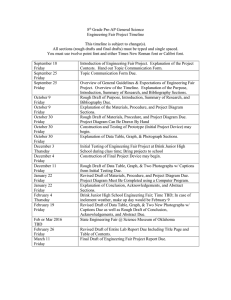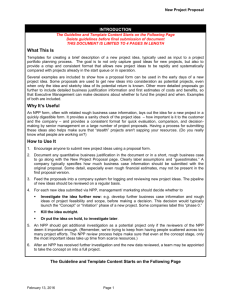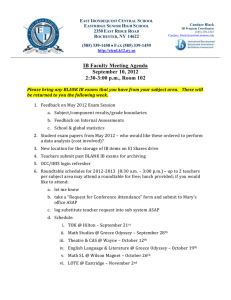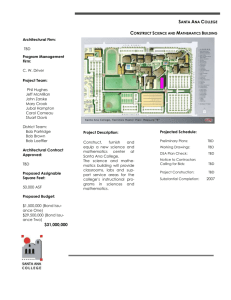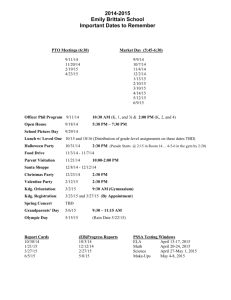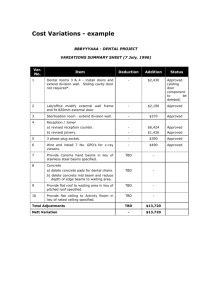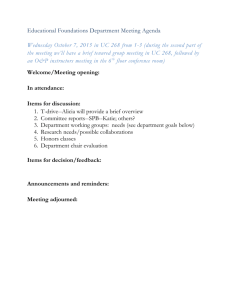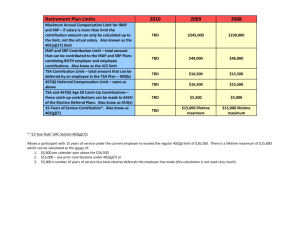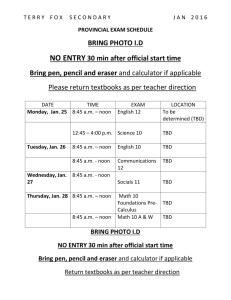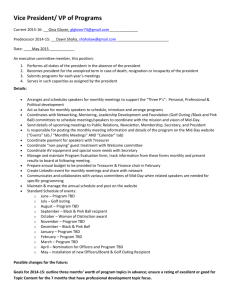Project-Proposal - Ohio Association for Court Administration
advertisement
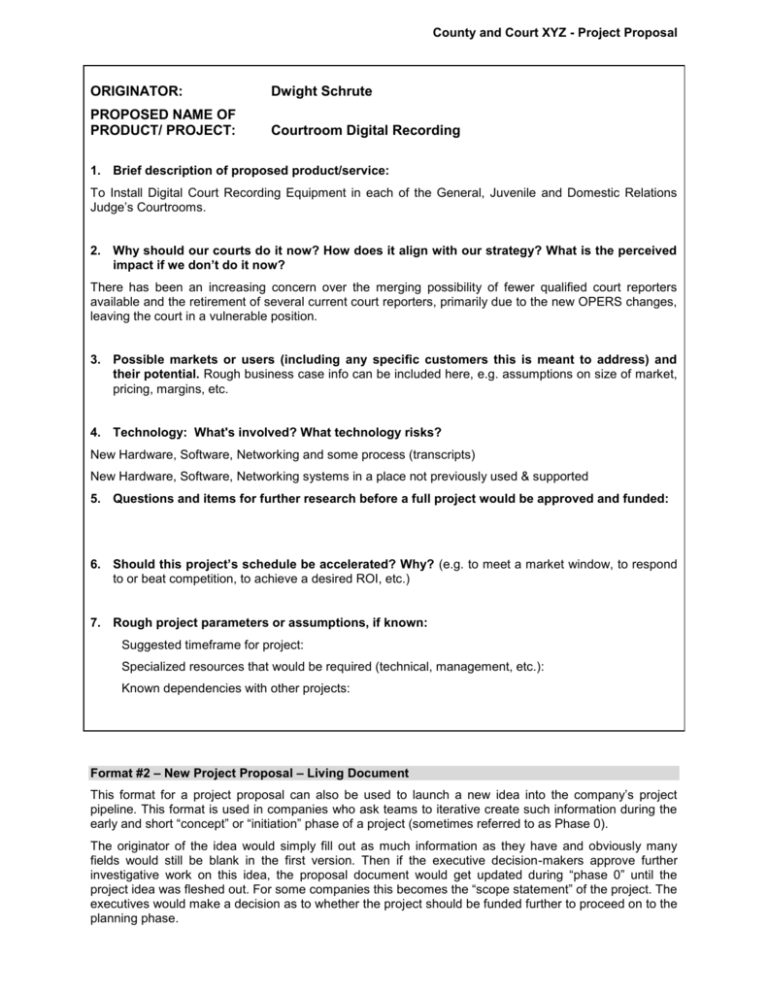
County and Court XYZ - Project Proposal ORIGINATOR: Dwight Schrute PROPOSED NAME OF PRODUCT/ PROJECT: Courtroom Digital Recording 1. Brief description of proposed product/service: To Install Digital Court Recording Equipment in each of the General, Juvenile and Domestic Relations Judge’s Courtrooms. 2. Why should our courts do it now? How does it align with our strategy? What is the perceived impact if we don’t do it now? There has been an increasing concern over the merging possibility of fewer qualified court reporters available and the retirement of several current court reporters, primarily due to the new OPERS changes, leaving the court in a vulnerable position. 3. Possible markets or users (including any specific customers this is meant to address) and their potential. Rough business case info can be included here, e.g. assumptions on size of market, pricing, margins, etc. 4. Technology: What's involved? What technology risks? New Hardware, Software, Networking and some process (transcripts) New Hardware, Software, Networking systems in a place not previously used & supported 5. Questions and items for further research before a full project would be approved and funded: 6. Should this project’s schedule be accelerated? Why? (e.g. to meet a market window, to respond to or beat competition, to achieve a desired ROI, etc.) 7. Rough project parameters or assumptions, if known: Suggested timeframe for project: Specialized resources that would be required (technical, management, etc.): Known dependencies with other projects: Format #2 – New Project Proposal – Living Document This format for a project proposal can also be used to launch a new idea into the company’s project pipeline. This format is used in companies who ask teams to iterative create such information during the early and short “concept” or “initiation” phase of a project (sometimes referred to as Phase 0). The originator of the idea would simply fill out as much information as they have and obviously many fields would still be blank in the first version. Then if the executive decision-makers approve further investigative work on this idea, the proposal document would get updated during “phase 0” until the project idea was fleshed out. For some companies this becomes the “scope statement” of the project. The executives would make a decision as to whether the project should be funded further to proceed on to the planning phase. County and Court XYZ - Project Proposal PROJECT NAME: Project type: Proposal Rev and Date: Project Sponsor: Project Manager: Target Completion: Total Budget Est: Project Overview: Project Objectives Statement: Succinct statement expressing the bottom line goals including key parameters in area of time, scope, resources/cost, e.g. “The goal of this project is to deliver xxxx to market in yyyy form no later than [date], working with [partner1, partner2….]. Problem to be solved, service or product to be offered, cost reduction to be made, etc. Business Justification: Key Stakeholders: Related Projects: Major Risks: Project Scope In Scope: Out of Scope: Deliverables: Continued on next page County and Court XYZ - Project Proposal Format #2 – New Project Proposal – Living Document (continued) Early Staffing Estimates Resources needed to investigate before project approval: Identify resources that would be needed to investigate possible solutions—including estimated level of effort, duration, and expenditures—for the investigation Management needs before fully funding the project. Resources Needed for Full Project (estimate): FUNCTION: Skill level, specific experience, etc. Functional group 1 FTE Functional group 2 etc “Function” means the various functional groups needed on the project (e.g. marketing, sales, development, process experts, networking engineers, architects, etc.). “FTE” stands for “full time equivalent,” or the approximate number of man-hours divided by 8 hours per day. Gives managers an understanding of how many people from each function may be required. Rough Project Timeline ** Phase: Review Date: 0 – Proposal 1– 2– 3– 4– TBD TBD TBD TBD Range: ** As a small group does investigative work on alternatives, it should identify how a project timeline could play out—how the project would likely be broken down into phases, and of what rough duration. An early take at such a timeline during Phase 0, before the idea is even approved, helps Management understand how the project would fit into the existing portfolio and resource allocation. The row labeled "Range" is used to show uncertainty on the phase end dates. The proposal document can be updated all the way through the investigation/planning phase until a full project plan and schedule exist, at which point these phase-end-dates would become solid. Date Executive Decision Record Decision Made (resource assignments, project funding, scope decisions, etc.) The team can include a decision record to note critical decisions made regarding the project definition as well as decisions on whether to proceed with further work after each review.
